
Trillo

Pictures: 3.VIII.2004 and 8.III.2005


Pictures: 3.VIII.2004 and 8.III.2005
| Waterworks | Aceitero |
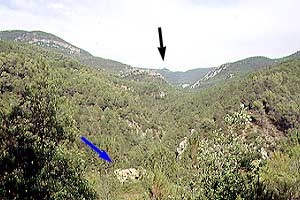
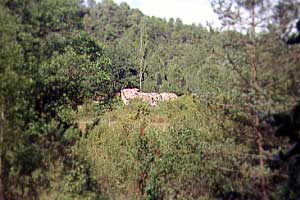

The outlet is a fine arch built in excellent masonry. The cárcavo itself is much wider than suggested by the outlet. It's a spacious room with one eccentric wheel. (Find a similar situation in Javierre de Olsón and Mondot.)
The wheel is of wood. Even the axle is still made of wood (In Javierre de Olsón the axle is of iron). But as the wheel is resting on silt, the blades are almost entirely rotten away. I wonder if the second position ever was occupied by a wheel. In my opinion there is not enough free space in the workroom.
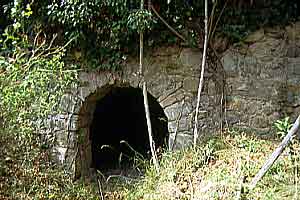

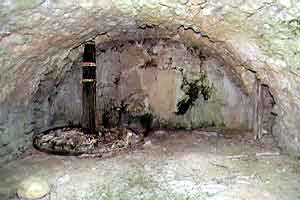


Two channels brought water to the reservoir.
The channel coming from the Barranco de Sta Brigida opens in a sidewall of the embalse, is swallow but cannot be traced after about a hunderd meters because of the erosion.
The second supply channel (pict. 9, 10) runs in the Barranco de Salinar. Its last part lies high above the riverbed and is traceable for a good length. But then it disappears
and although I spent quite some time looking for it, I couldn't locate the intake.
I didn't recognize any remains of a dam either.
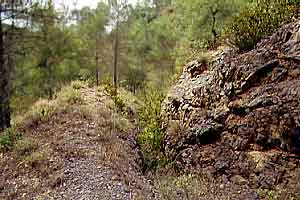

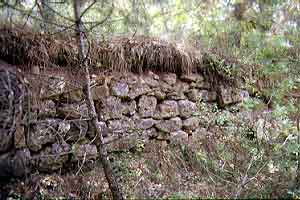
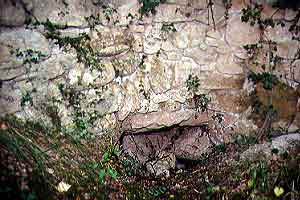
| Waterworks | Aceitero |